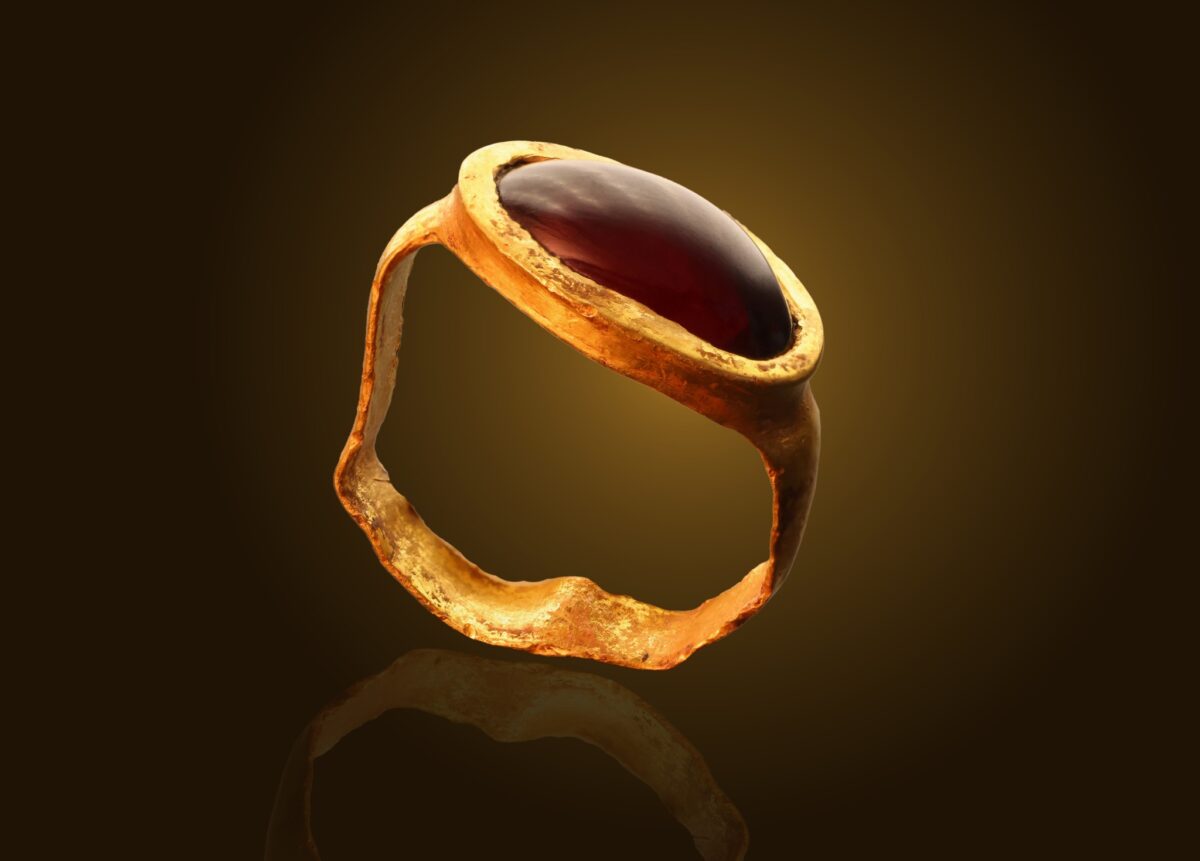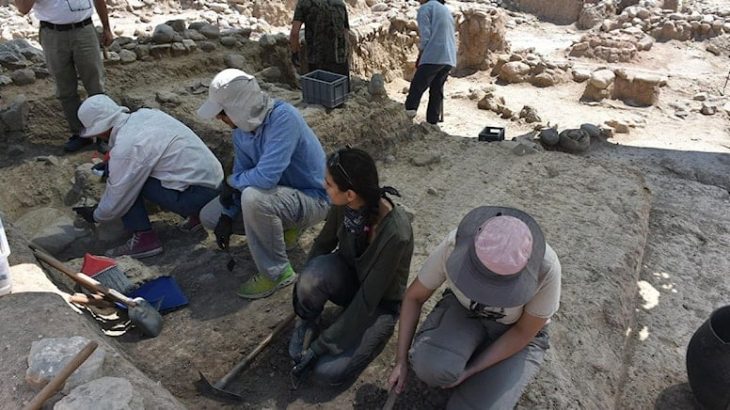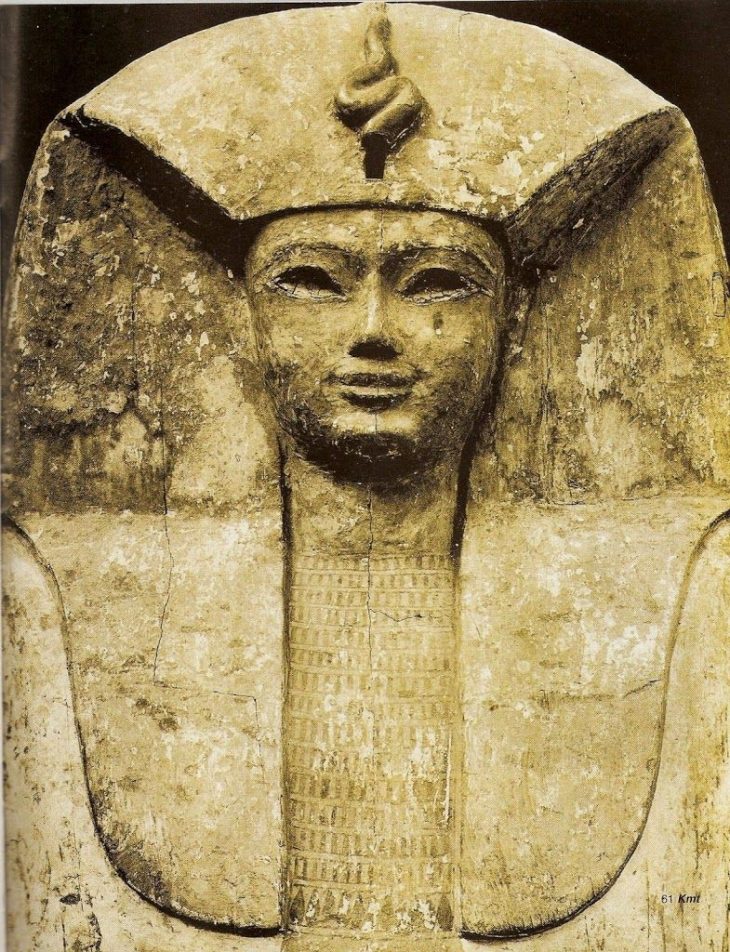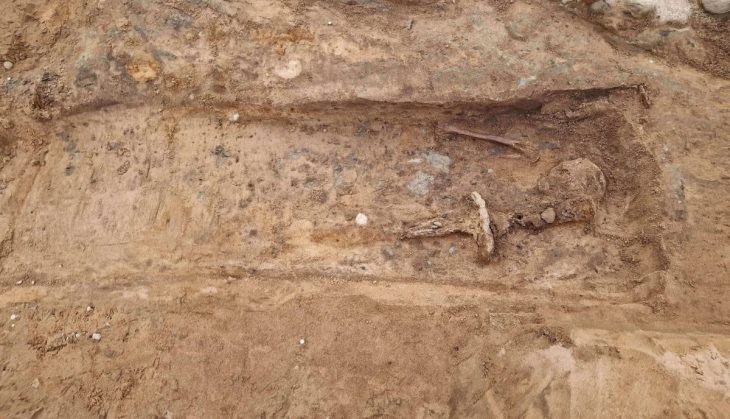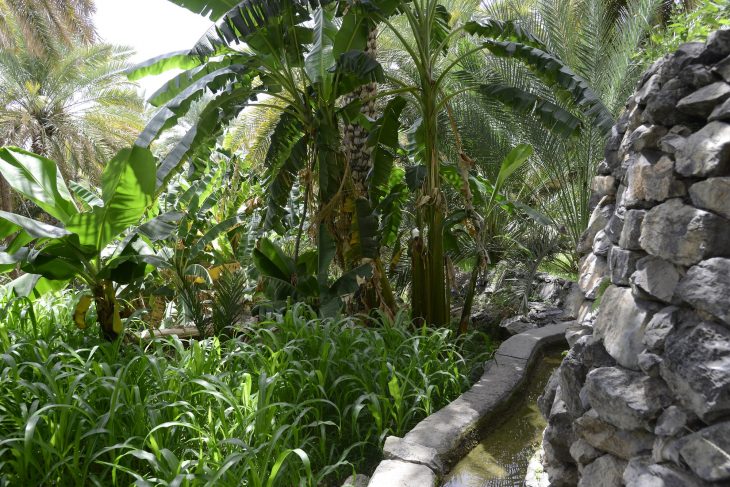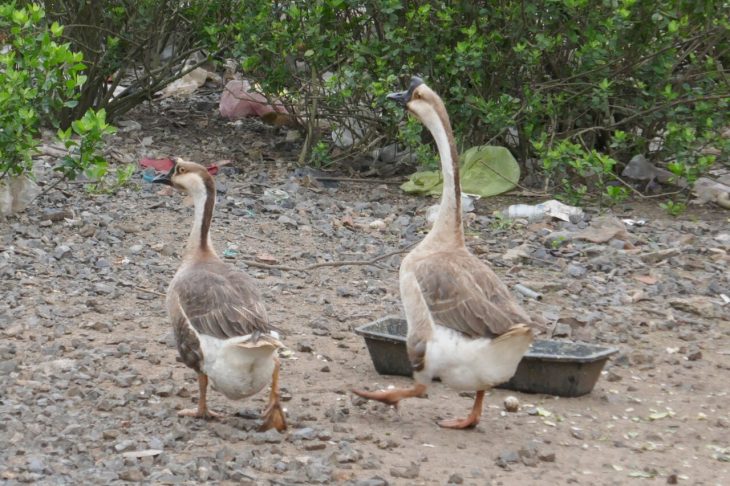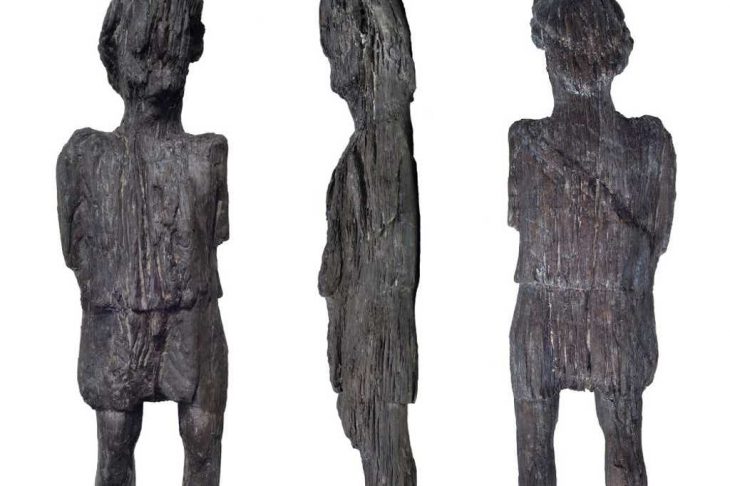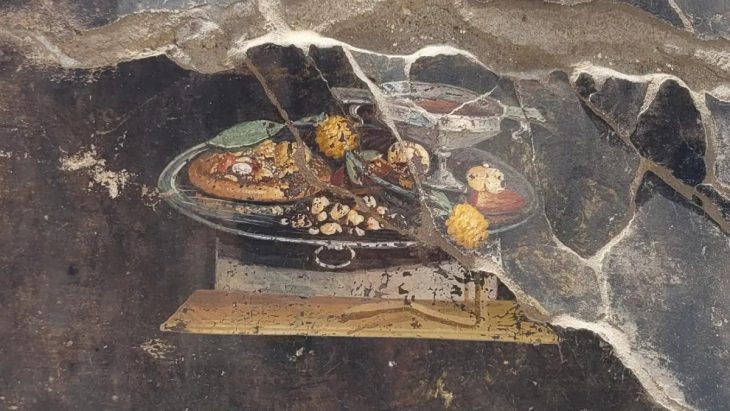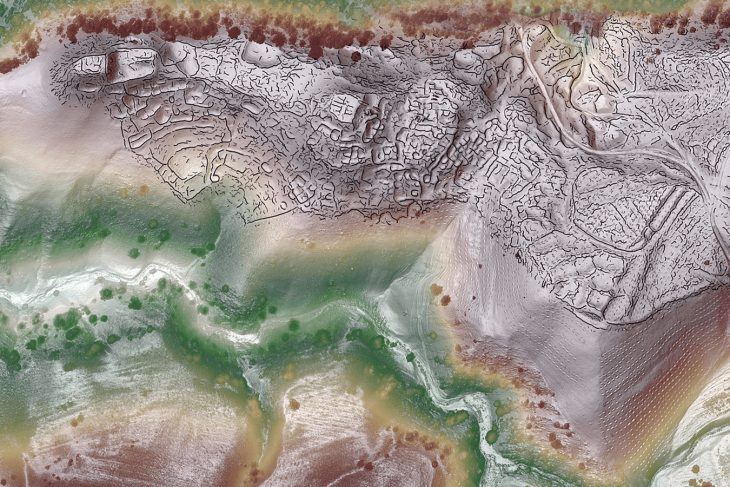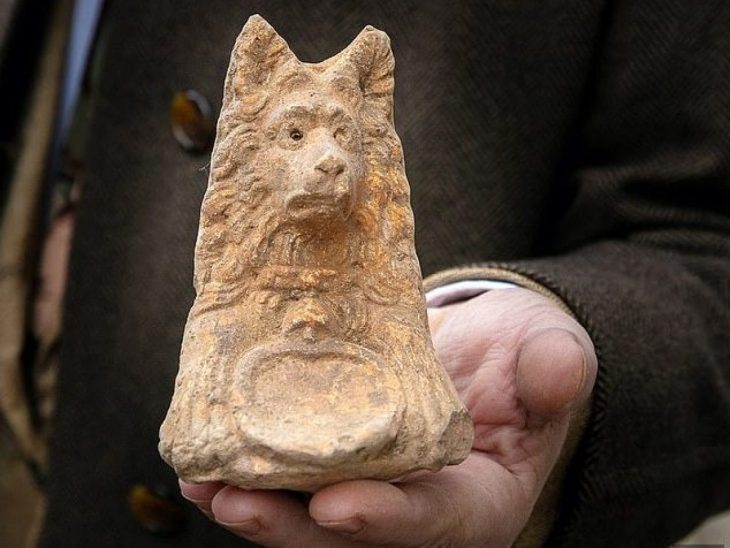A remarkable gold ring recently uncovered in Jerusalem is offering fresh insight into Hellenistic-era rituals, ancient jewelry traditions, and the cultural fusion that defined the city during antiquity. Discovered as part of an ongoing excavation near the Temple Mount, the artifact sheds new light on life in Hellenistic Jerusalem, a period often overlooked in the city’s archaeological record.
A 2,300-year-old gold ring set with a polished red garnet gemstone has been unearthed beneath the floor of an ancient public building, according to a joint announcement by the Israel Antiquities Authority (IAA) and Tel Aviv University. The find took place at the Givati Parking Lot excavation site, situated within the Jerusalem Walls National Park near the historic Temple Mount.
This is the second ring of its kind found in the same location within a year, raising significant questions about its origin and purpose. Experts suggest that the jewelry may have been intentionally placed beneath the building’s foundation as part of a ritual, rather than lost accidentally.
“The ring is highly characteristic of Hellenistic-era fashion,” said Dr. Marion Zindel of the IAA. “The combination of gold with vibrant gemstones like garnet reflects cultural influences introduced by Alexander the Great’s conquests, especially from Persia and India. These styles defined luxury and identity for centuries.”

In addition to the gold ring, archaeologists uncovered several bronze earrings, a gold bead, and an intricately designed gold earring featuring a horned animal motif. All were found in the same stratigraphic layer, suggesting a deliberate, culturally significant deposition. Researchers are currently exploring the theory that these items were buried as part of a symbolic transition ritual for young women.
📣 Our WhatsApp channel is now LIVE! Stay up-to-date with the latest news and updates, just click here to follow us on WhatsApp and never miss a thing!!
“One prevailing hypothesis is that the jewelry belonged to a girl on the brink of marriage,” explained Zindel. “In Hellenistic tradition, girls sometimes buried childhood possessions beneath new homes as part of pre-wedding rites.”
Similar practices were documented at other archaeological sites such as Tel Kedesh in northern Israel, where a cache linked to a young girl included a terracotta figurine of Eros, gaming pieces, and writing tools.
Efrat Bocher, an excavation supervisor, emphasized the rarity of the discovery. “This is the first time we’ve found such an extensive collection of gold jewelry from the Hellenistic period in Jerusalem. It’s a vivid testament to the city’s affluence and cultural fusion during that era.”
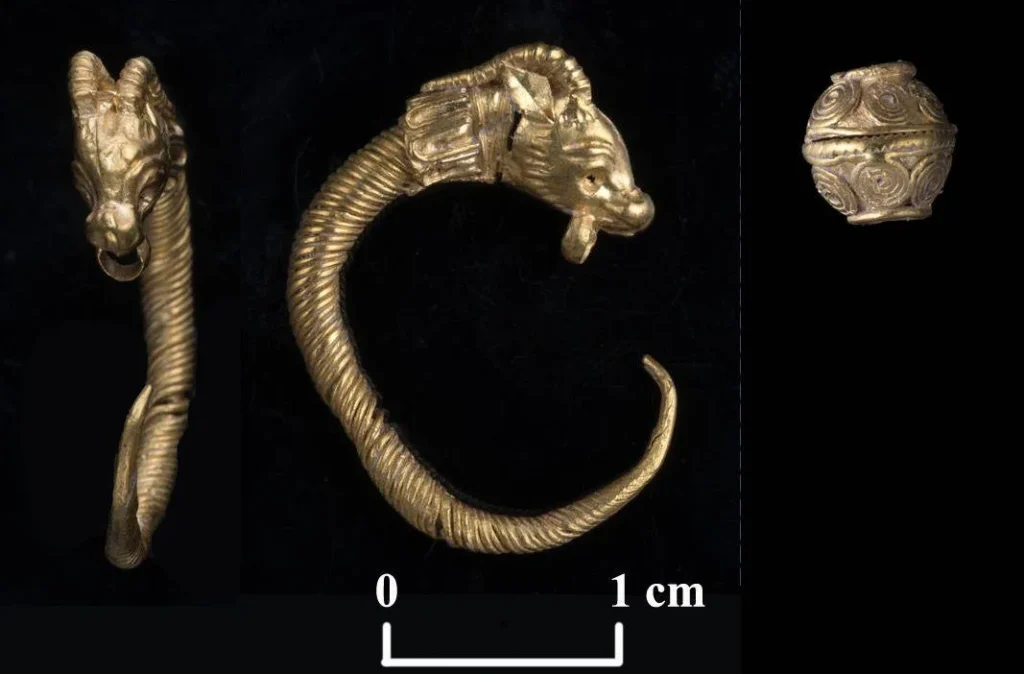
Despite the quality and quantity of artifacts, archaeologists remain uncertain about the identity of the building’s inhabitants. Were they wealthy Judaeans, Greek officials, or individuals straddling both cultures?
Seal impressions found nearby—one potentially depicting the Greek goddess Athena—add to the mystery. “Such imagery would be unusual for observant Jews, given religious restrictions on graven images,” noted Prof. Yuval Gadot of Tel Aviv University. “This opens the door to questions about the cultural and religious identity of the residents.”
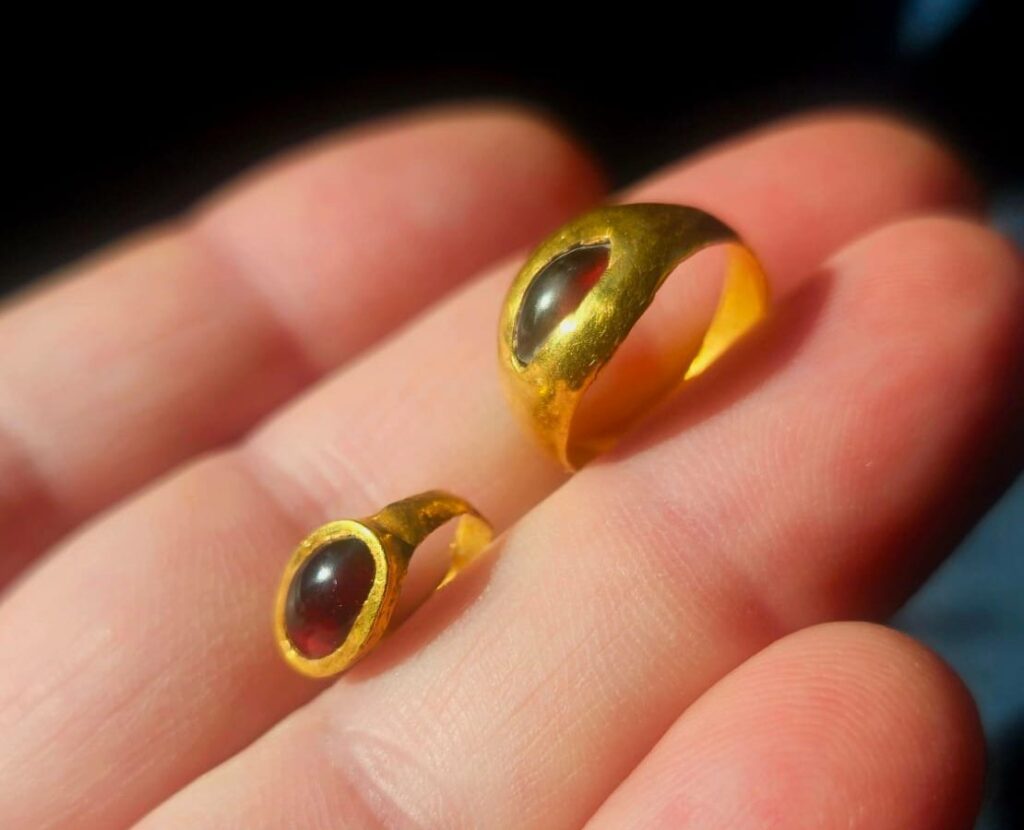
Gadot added that further study of the site’s architecture, imported artifacts, and animal bones may provide more clues. “While the Hellenistic period is historically well documented, archaeological evidence from Jerusalem remains limited. These discoveries are beginning to fill critical gaps in our understanding.”
As research continues, the ancient jewelry uncovered beneath Jerusalem’s stones serves not only as a symbol of personal history but also as a bridge to a complex past of cross-cultural exchange, wealth, and ritual.
Cover Image Credit: Israel Antiquities Authority

